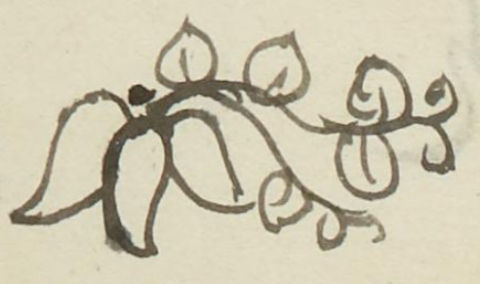Cimatl (MH638r)
This black-line drawing of the simplex glyph for the personal name Cimatl ("Wild Potato," attested here as a man's name) shows three bulbous roots with two sprigs with leaves. The roots are vertical, and the branches bend off to the viewer's right. At the tip of one of the branches are two coils.
Stephanie Wood
Apparently, this is both a wild potato (cimatl) and a medicinal plant (cimapatli or cimapahtli, with the glottal stop), which has been abbreviated in the name. The cimatl is still widely eaten in Mexico according to Michel Conan, Sacred Gardens and Landscapes (2007, 85).
Examples of this name include both Cima and Cimatl (see below). While this Cima is a man's name, another Cimatl (in another source) was the mother of doña Marina, the interpreter to Cortés. (See: Antoinette Sedillo López, Latina Issues, 2020.)
çimatl
Cimatl
Stephanie Wood
1560
Jeff Haskett-Wood
herbs, hierbas, roots, raíces, medicinas, cima, nombres de hombres

cima(tl), edible medicinal root of an herb, https://nahuatl.wired-humanities.org/content/cimatl
Raíz o Tubérculo Comestible
Stephanie Wood
Matrícula de Huexotzinco, folio 638r, World Digital Library, https://www.loc.gov/resource/gdcwdl.wdl_15282/?sp=358st=image.
This manuscript is hosted by the Library of Congress and the World Digital Library; used here with the Creative Commons, “Attribution-NonCommercial-ShareAlike 3.0 License” (CC-BY-NC-SAq 3.0).





